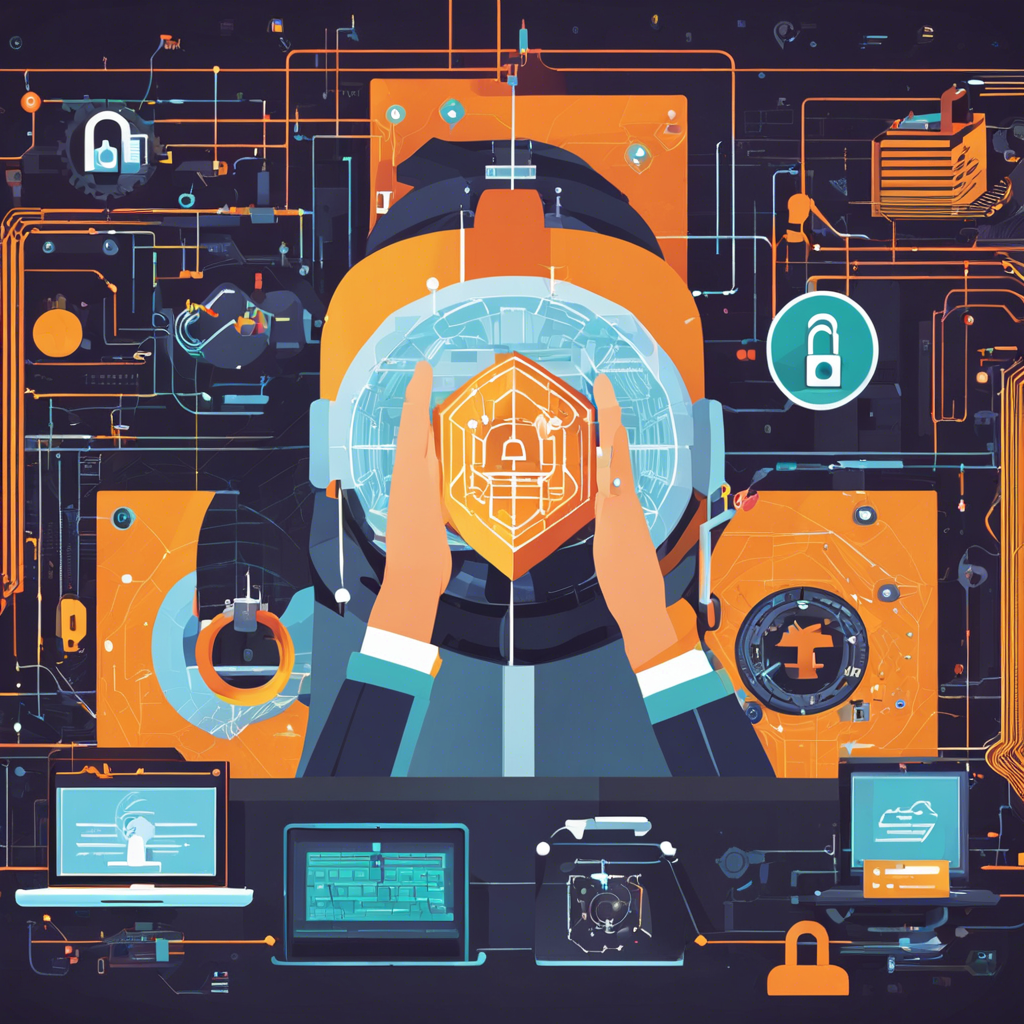# Protecting Your Digital Life: Essential Cybersecurity Tips for Everyday Users
In today’s digital age, cybersecurity is not just a concern for businesses and governments; it’s a critical aspect of our daily lives. As we rely heavily on technology, from online banking to social media interactions, safeguarding our personal information and digital assets has become increasingly vital. So, what practical steps can individuals take to enhance their cybersecurity? Let’s dive into some essential practices that everyone should adopt to protect themselves in the online world.
## Secure Your Devices and Networks
The foundation of your digital security starts with your devices and networks. Here are some simple yet powerful measures to fortify them:
– **Strong Passwords:** Create long and complex passwords or passphrases that are unique for each account. Avoid using easily guessable information like your name, birthdate, or common phrases. Consider using a reputable password manager to generate and store these passwords securely.
– **Two-Factor Authentication (2FA):** Enable 2FA wherever possible. This adds an extra layer of security by requiring a second form of verification, such as a code sent to your phone, in addition to your password. It ensures that even if someone obtains your password, they won’t be able to access your accounts without the second factor.
– **Keep Software Updated:** Regularly update your operating system, web browsers, and applications. These updates often include security patches that fix known vulnerabilities, making it harder for hackers to exploit your device.
– **Secure Your Wi-Fi Network:** Change the default password on your router and use a strong, unique password to access your Wi-Fi network. Enable WPA2 or WPA3 encryption to protect your internet traffic. Be cautious when connecting to public Wi-Fi networks, as they may be less secure.
## Practice Safe Online Behavior
Your online habits play a significant role in maintaining your cybersecurity. Here’s how to navigate the digital world safely:
– **Be Wary of Phishing Attempts:** Phishing is a common tactic used by cybercriminals to trick you into revealing sensitive information. Be cautious of emails, messages, or phone calls requesting personal details, login credentials, or financial information. Legitimate organizations will rarely ask for such data via these means. Verify the source before sharing any sensitive information.
– **Secure Your Online Transactions:** When shopping or banking online, ensure the website uses HTTPS encryption (look for the lock icon in the address bar). This secures your sensitive data during transmission. Avoid using public computers or unsecured networks for financial transactions.
– **Social Media Privacy:** Review and adjust the privacy settings on your social media accounts. Limit the amount of personal information you share publicly, as this data can be used by hackers to craft targeted attacks or commit identity theft.
– **Be Mindful of Downloads:** Only download software, apps, and files from trusted sources. Malicious programs can be disguised as legitimate software, so verify the source before downloading. Avoid clicking on suspicious links, especially those offering too-good-to-be-true deals or sensational headlines.
## Back Up Your Data Regularly
Data loss can occur due to various reasons, including cyberattacks, hardware failure, or accidental deletion. Regular backups ensure you don’t lose valuable information:
– **Create Regular Backups:** Store your important files, documents, and photos on an external hard drive or a secure cloud storage service. Automate this process for convenience and peace of mind.
– **Utilize Cloud Storage:** Cloud services like Google Drive, Dropbox, or iCloud offer easy and secure ways to back up and sync your data across devices. Ensure you use a strong password and 2FA to protect your cloud account.
– **Test Your Backups:** Periodically check if your backups are recoverable. This way, you’ll know for sure that your data can be restored when needed.
By adopting these essential cybersecurity practices, individuals can significantly reduce the risk of falling victim to cyber threats and protect their digital lives. Remember, staying vigilant and informed is key to safeguarding your personal information in the ever-evolving digital landscape.
Stay tuned for more informative articles on various aspects of cybersecurity and digital safety. In our next post, we’ll dive into the world of cybersecurity careers and the skills in demand for those interested in this exciting field.
